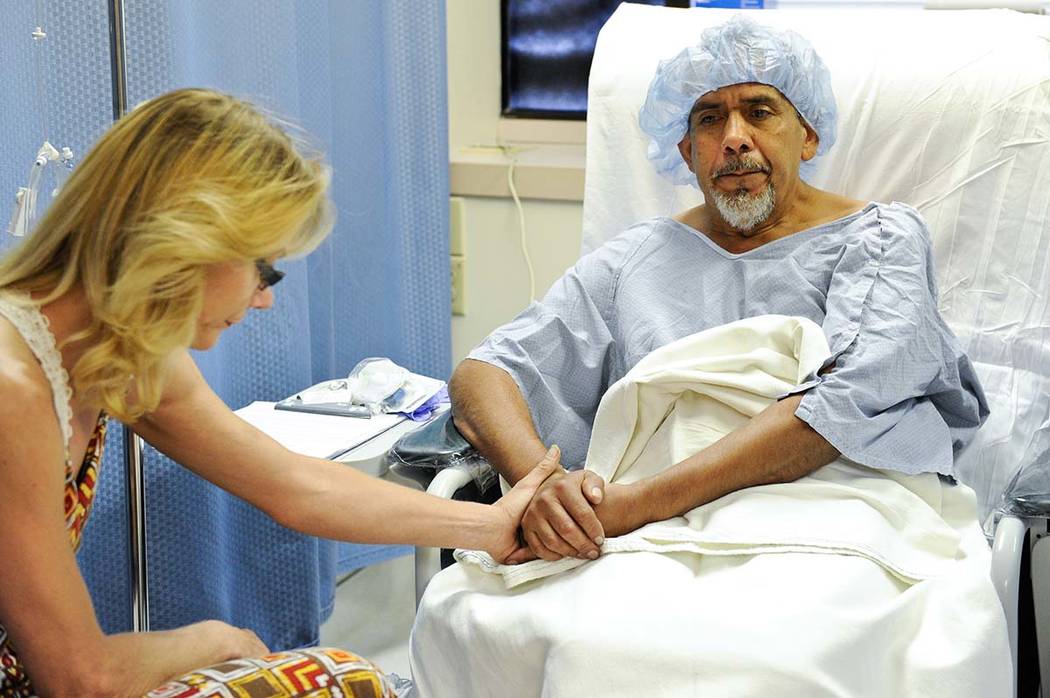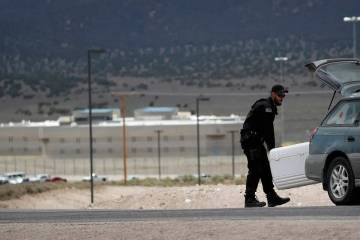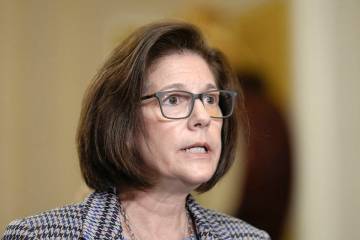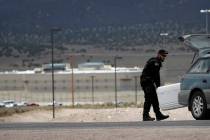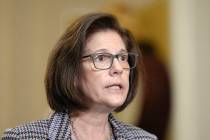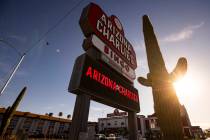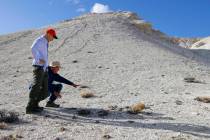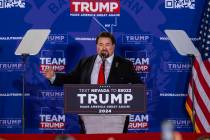Nevada has fewer uninsured, but state still ranks high
CARSON CITY — Nevada saw a 30 percent drop in the number of uninsured residents between 2009 and 2017 as a result of federal health care reform, but the latest data show its uninsured rate at the end of that period was still the sixth-highest in the nation.
Nearly 398,000 people lack coverage in the state, according to a report released Wednesday by the Guinn Center for Policy Priorities.
The report also said nearly half the uninsured are eligible for coverage through Medicaid or the state insurance marketplace. Getting those people covered “likely will necessitate a diverse mix of strategies” including increased outreach and education to help eligible residents “navigate the complexities of the health insurance system” or policy changes to expand coverage to groups that aren’t eligible now, according to the report. 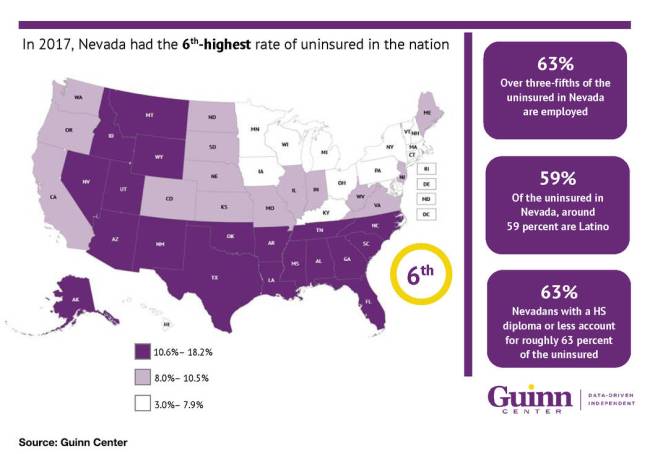
Guinn Center researchers examined five-year census data through 2017, the most recent available, to study the period when federal health care reform under the 2010 Affordable Care Act was fully implemented in 2014. Despite Nevada’s efforts under the act — including expanding Medicaid to cover more uninsured people — the state’s 14 percent uninsured rate as of 2017 was higher than all but five other states: Texas (18.2 percent), Alaska (15.5 percent), Florida and Oklahoma (both 14.9 percent), and Georgia (14.8 percent). It also was higher than the 10.5 percent national average.
States that expanded Medicaid have seen larger cuts in the number of their uninsured residents. Among the states with the highest uninsured population, only Alaska, like Nevada, expanded its Medicaid program. The Silver State’s uninsured rate as of 2017 was higher than 14 states that at the time had not expanded Medicaid.
Nevada’s relative rank was the report’s most surprising finding, said Meredith Levine, the Guinn Center’s director of economic policy. She said Nevada’s rate might be from greater coverage fluctuations stemming from the higher number of seasonal and temporary employees in the state, especially in and around Las Vegas.
“Now that we have this rough cut of who the people are, we need a more granular look, and then from there we can begin to target the people through different insurance policy solutions,” she said.
The eligibility findings among Nevada’s uninsured are drawn from data from the Urban Institute for 2019. The report found that of nearly 400,000 uninsured Nevadans, more than half, about 55 percent, are eligible for insurance either through Medicaid or the state insurance marketplace. Of those not eligible, about 17 percent don’t qualify because of income or other coverage restrictions, and about one-quarter are ineligible because of their immigration status.
Suzanne Bierman, administrator for the state Department of Health and Human Services’ Division of Health Care Financing and Policy, which oversees state programs for Medicaid and the Children’s Health Insurance Program, said the report “provides valuable insight and information regarding Nevada’s remaining uninsured populations” that could help guide state’s outreach and policy efforts. 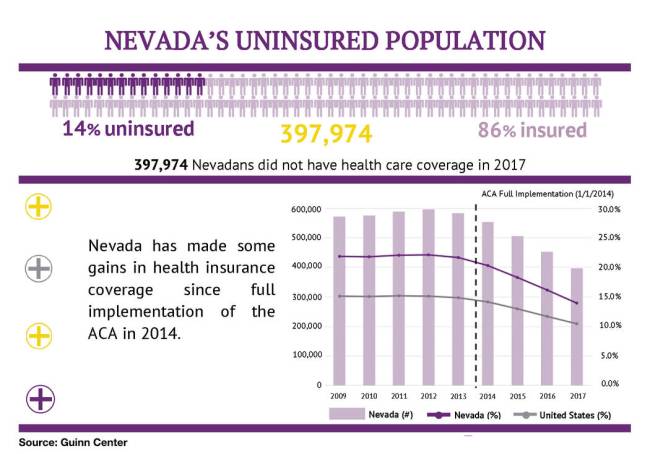
Other report takeaways:
■ Three-quarters of the state’s uninsured reside in Clark County, where the uninsured rate in 2017 was 14.7 percent. Four counties had higher uninsured rates — Mineral, Humboldt, Pershing and Esmeralda — but they represent only 1.1 percent of the total state uninsured population.
■ Uninsured rates for urban versus rural areas do not show a significant divide. The uninsured rate in rural counties was 12 percent and 14.2 percent in urban areas.
■ As in other states, non-elderly adults constitute most of the uninsured population — 81 percent in Nevada. The largest share are young adults ages 26 to 34, who account for nearly one-fifth of the total. Under the Affordable Care Act, children may stay on their parents’ health insurance plan until age 26.
■ By race and ethnicity, whites make up 60.6 percent of Nevada’s uninsured population. African-Americans are 8 percent and Asians 6.6 percent. Latinos, who account for nearly 36 percent of the state population, are overrepresented among the uninsured, accounting for 59 percent of the total.
■ Nearly one-third of the state’s uninsured are noncitizens; 63 percent have a high school diploma or less education; and 63 percent hold jobs.
■ By income, 31.6 percent of the uninsured earn $25,000 to $49,999 a year. Those in poverty account for 26 percent of the uninsured population.
■ More than half of Nevadans, 52.6 percent, have private health insurance; nearly 19 percent have public coverage via Medicare or Medicaid or through Veterans Affairs; and 14.5 percent have a combination, or their coverage could not be determined.
Contact Bill Dentzer at bdentzer@reviewjournal.com or 775-461-0661. Follow @DentzerNews on Twitter.



